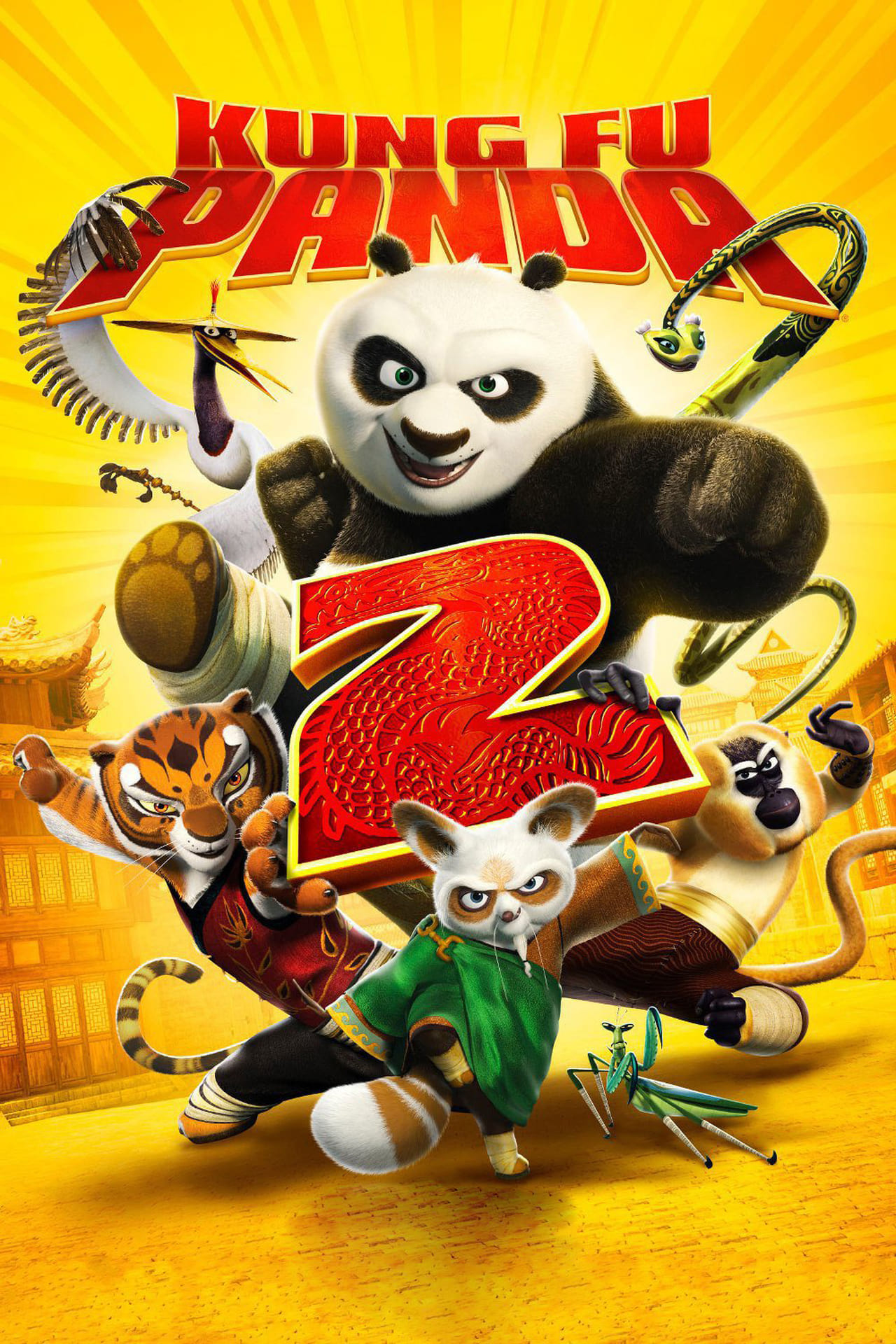
Po is now living his dream as The Dragon Warrior, protecting the Valley of Peace alongside his friends and fellow kung fu masters, The Furious Five - Tigress, Crane, Mantis, Viper and Monkey. But Po’s new life of awesomeness is threatened by the emergence of a formidable villain, who plans to use a secret, unstoppable weapon to conquer China and destroy kung fu. It is up to Po and The Furious Five to journey across China to face this threat and vanquish it. But how can Po stop a weapon that can stop kung fu? He must look to his past and uncover the secrets of his mysterious origins; only then will he be able to unlock the strength he needs to succeed.
14 Feb Kung Fu Panda 2 (2011)
Seeing Inside
I’ve been in China for a month, discovering calligraphic cinematic principles. I had a chance to see this film while there and note two remarkable aspects.
The first is that while this is wholly an American film in its obsession with fathers, character sculpting and pace, it is set in China. Because image in China of China is so tightly controlled, and because the Chinese narrative is carried by outward facing youth and commerce, films such as these build the national narrative as surely as Zhong‘s efforts.
But what is this film about? The attempt to rule China by force, eliminating the noble nature of the people, here denoted by Kung Fu. (Yes, I know real kung fu has little to do with martial arts, and that the current focus is because temples had to invent something to sell in order to survive. Real kung fu is supposedly the soul of the Tao.)
Though I happened to see this in the most privileged area of Shanghai, Xin Tian Di, I think most of the audience saw it as I did, a successful struggle against tyranny. Shanghai is a city of 22 million. Perhaps a half a million are the privileged, but as much as 75% of the people just in this city are immigrants no different than those exploited in New York 100 years ago. They have no rights. They don’t speak the local language.
IMDb is blocked in China, presumably because it did not excise films about Tibet. A ticket to ‘Panda‘ is expensive, though pirated DVDs are a cheap as 25 cents, so possibly only a few hundred million people will see this in China. The first of this franchise was a surprise hit in China, especially among the young college educated. I wonder if this will contribute to democratic action, or simply be another American amusement.
The other remarkable thing was the explicit use of what I call Ted’s Law. This law is my observation that when a new narrative layer is explicitly inserted in a film, it is placed exactly one step further on the distance of between reality and the main narrative of the film. So for instance ‘Death to Smoochy‘ is a film with a certain center of abstraction. It internally features a TeeVee show which occupies its own conceptual space. In all the ways that the film is abstracted, this is abstracted one more step as far, so that we are fooled into placing ourself in the movie as if it is reality.
This principle is used in most films, but I really like it when it is done purely cinematically. Here, we have a three-d animated world that we are supposed to enter. Within that world are suppressed memories of our hero, an event where his tribe was killed in a Herodian massacre. The story, such as it has a human dimension, is about our panda encountering this inner narrative. It is portrayed as an inner cartoon, one that uses crude, two-dimensional animation. Ted’s law is obvious. But this is so common that it would be unremarkable where it not for a halfstep back from that cartoon abstraction.
The film starts with a shadow puppet play, of the sort that any Chinese film-goer will know from Zhang‘s ‘To Live,‘ (and referenced by Scorcese). It is presented as a two-dimensional cartoon as well, but it isn’t until an hour into the film that we are allowed to register it against the ‘suppressed memory‘ fold. So we have the distance between us and the film. We have the distance between us and the original segment of the film as a puppet show prologue. And we have the distance between the main film and inner memory of the bear. When that appears, the original puppet show fold is redefined to be placed midway between those two as an example of another phenomenon I study: dynamic reinterpretation.
Yeah, I know this is not a serious film. But that doesn’t mean that serious and deep craft is not applied in the investment, and this example is remarkable. To see how well it is pulled off, consider two characteristics of the peacock in his three incarnations: the way his neck moves and the red and white pattern on his tail.
Angeline Jolie continues her journey is redefining the strength of women.
Posted in 2011
Ted’s Evaluation — 3 of 3: Worth watching.


No Comments